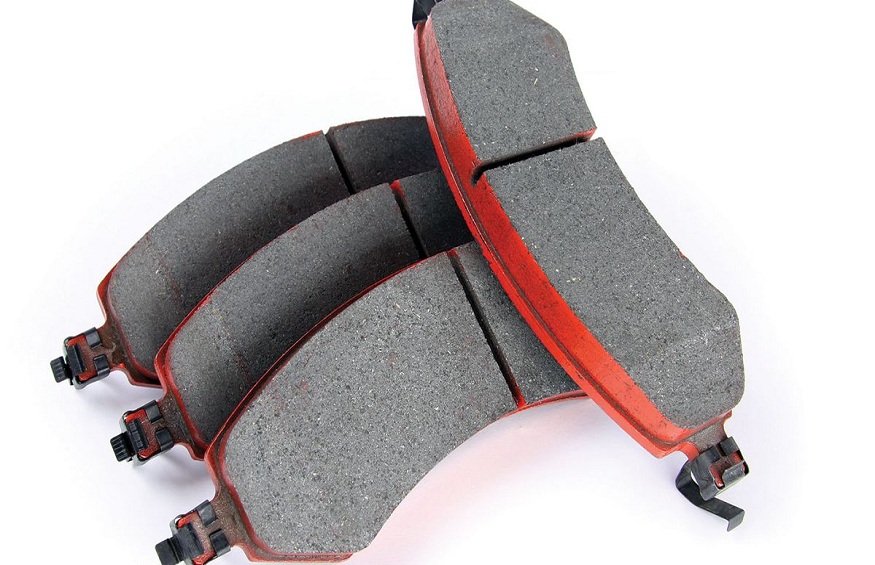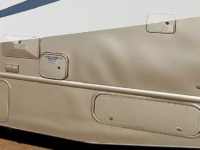Brake pads: how do you know when to change them?

The brake pads, together with the brake disc, allow you to slow down or stop your vehicle when you initiate braking. Made up of a specific lining, they wear out as you use them and must therefore be checked and replaced regularly in order to guarantee optimal braking. How do you know when to change the brake pads and what are the steps to follow to get there?
Why change your brake pads?
Integrated into the braking system, the role of the brake pads is to apply pressure and tighten the brake disc in order to slow down or stop vehicles . Each brake pad is made up of two elements:
The filling gradually decreases after each use. When this is too thin, the brake pads no longer function optimally and must therefore be replaced .
Club tip
Do not wait until your brake pads are too worn out to change them , otherwise the metal support on which they are placed may come into contact with the brake disc and damage it, you would then be forced to replace your discs as well. of brake. In addition, if your vehicle has to pass the technical control , by anticipating the replacement of the brake pads, you limit the risk of being subjected to a second inspection .
The frequency of use of the car and its maintenance: the more you drive your vehicle, the more you apply the brakes;
Driving style : if you adopt eco-driving to drive greener , you will save your brake pads;
The environment in which the vehicle is used: the condition of the roads on which you drive also have an impact on the use of parts related to the brake system.
The warning light (if you have one) is displayed on the instrument panel;
You notice a sign of wear (abnormal noises, heating brakes, etc.);
You change the brake discs . Indeed, when you change your brake pads, you do not have to replace your discs. On the other hand, if you change your brake discs, you will be forced to also replace the brake pads, it is essential.
Good to know: The brake pads at the front of the vehicle wear out much faster than those at the rear and therefore need to be replaced more frequently. This is because the braking power is more supported by the front of your car.
How to identify brake pad wear?
The surest way to identify the wear of your brake pads is to have them checked regularly by your dealer or mechanic.
If your vehicle is recent, it is probably equipped with a warning light connected to the sensor located in the lining of your brake pads. Thus, when the latter are too thin, you are alerted by an indicator light on your dashboard . Consider asking your dealership or checking your vehicle’s manual if you have such a light.
There are also several warning signs that can tell you it’s time to change your brake pads , especially if you find that:
Did you know ?
If your brake pads are not equipped with a wear indicator, you can refer to the brake fluid level . The thinner the brake pads become, the more brake fluid the hydraulic circuit absorbs to compensate for the lack of thickness of the brake pads. If your brake pads are worn, the brake fluid level will therefore be close to the minimum .
How to change your brake pads yourself?
If you want to save labor costs for a brake pad change , you can do it yourself. But be careful, this maneuver must be taken very seriously because it is for your safety and that of other motorists.
Here’s how to change your brake pads in 20 steps :
Position your vehicle on a stable surface and apply the handbrake.
Loosen the wheel bolts without removing it.






